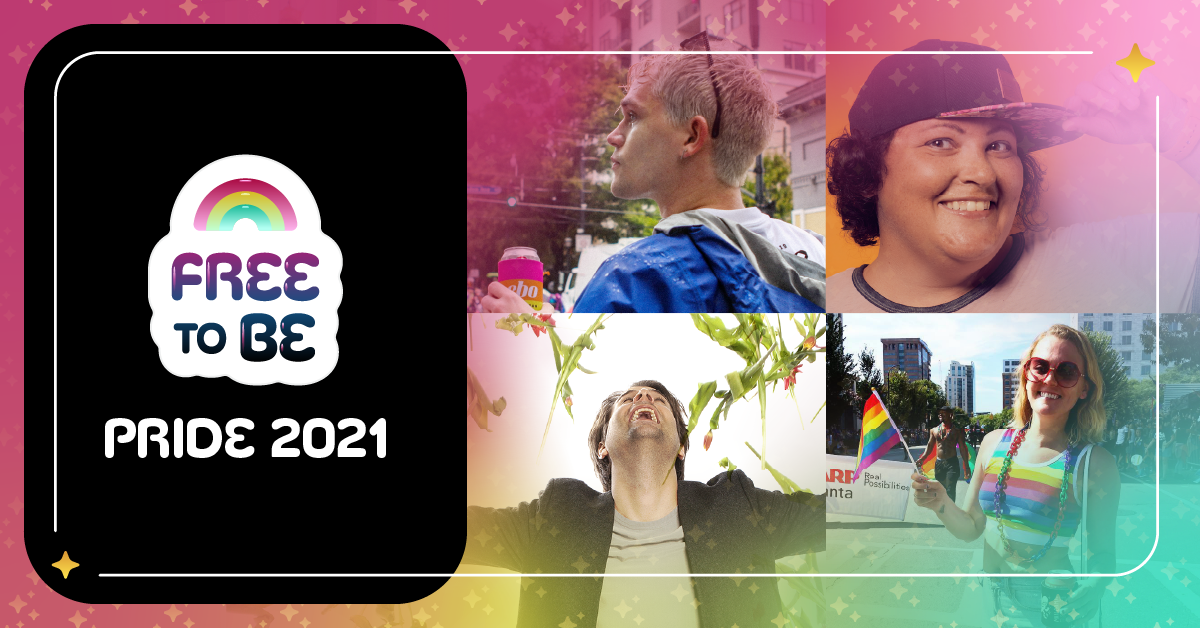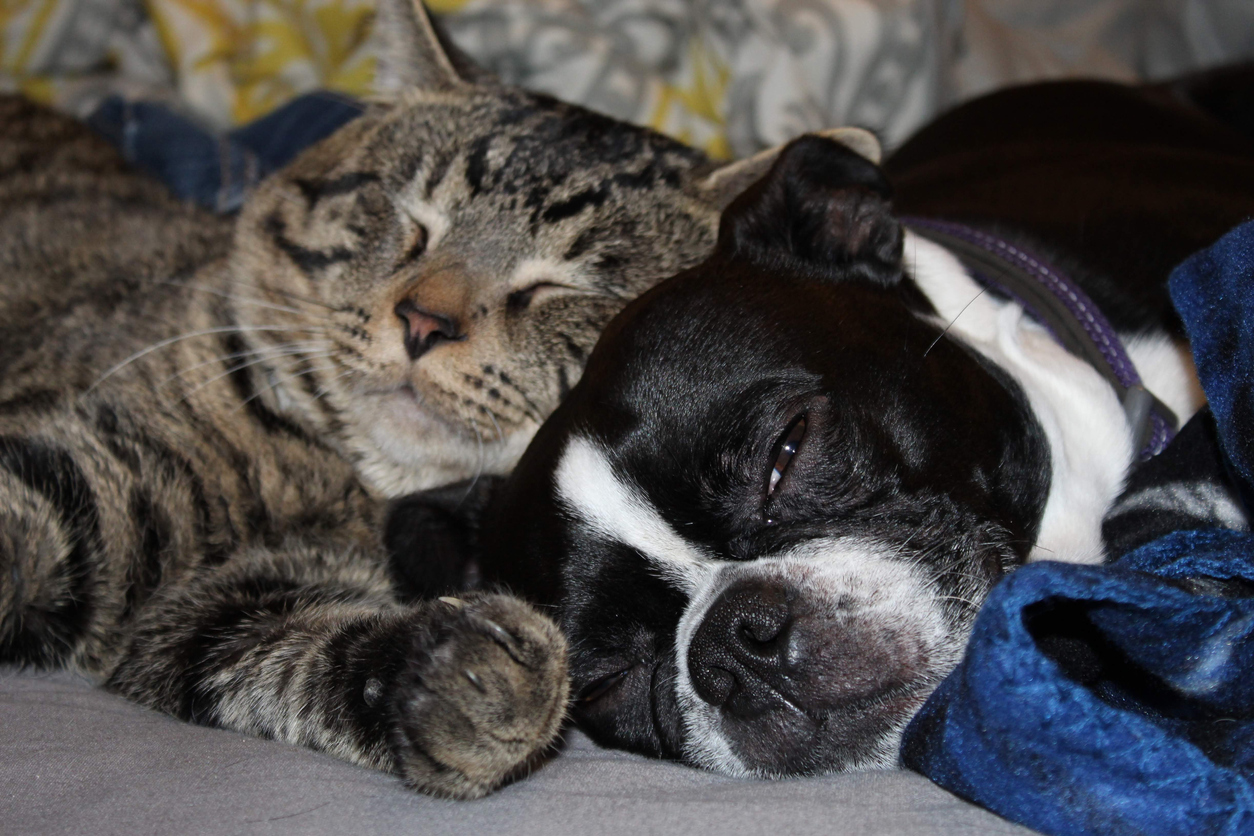Pride Never Stops: Celebrate ATL Pride Virtually with #FreeToBe

For many in Atlanta, Pride means celebration — think rainbow confetti, marching for equality and, of course, partying the house down. But the last two years have reminded us that Pride is so much more than a parade. Last year, we took Pride season into perspective with the injustices that have disproportionately affected queer communities of color for decades.
And this year, Atlanta Pride is being held virtually once again due to COVID-19. So instead of building a float, the Nebo team created Free To Be, a digital Pride experience that not only celebrates our freedom to be ourselves, it also shines the spotlight on organizations doing good for the LGBTQIA+ community.
Why RuPaul Charles Is the Queen of Advertising

Anyone who watches RuPaul’s Drag Race knows that RuPaul Charles is more than a drag queen — he’s the Queen of Advertising.
Every episode of RuPaul’s Drag Race is essentially 90 minutes of advertisements dressed up in ostrich feathers, from perfect product placements to schticky self-promotion. And yet, no one is changing the channel. In fact, the show’s 13th season just swept the Emmy Awards with a whopping six wins and a total of 24 trophies over the years.
Somehow, Ru and his girls have taken advertising from ad nauseum to sickening success. What’s the show’s secret? Here’s the tea on what makes RuPaul’s Drag Race a marketing masterpiece.
5 Tips to Establishing a Trusting Relationship With Your Clients

As little kids, we’re always asked “What do you want to be when you grow up?” When I was 8-years-old, my answer was always something grandiose and awe-inspiring. (i.e. a ballerina or a movie star.) But at that age it’s hard to truly know what you’re passionate about and what aligns with your values. At such a young age, I didn’t even know what a project manager was.
To be honest, I don’t even remember project management being talked about on career day. It wasn’t on my career aptitude test. If it had been, we would have matched perfectly. If I think about what is needed to be a good project manager, my personality and career goals all align.
The Privacy Paradox: How the Use of Data Is Affecting Email Marketers

Marketers are in the midst of a big problem: The Privacy Paradox. Consumers constantly want more of their communications with brands to be personalized and tailored to their needs. However, simultaneously, more and more people are concerned with how their personal data is being captured and used.
The problem is that marketers rely on data to provide more personalized experiences - but what kind of data should marketers be collecting and how should it be collected? Ultimately, how do we find the right balance between personalization and privacy?
Privacy vs. Deliverability: How to Navigate the Apple Mail Privacy Protection Updates

The ground has begun to move crumble beneath our feet in the email world, ever since Apple announced its new Mail Privacy Protection features in June 2021. The announcement has left email marketers concerned restless in anticipation for its upcoming release in September 2021. We can’t help but wonder — will Apple’s Mail Privacy Protection kill the open rate as a KPI?
The Fleeting Moments with Twitter Fleets

Picture it: One day you are on top of the world conquering the social media algorithm. The next, a social media platform announces a new feature that has your social media strategy shaking in its boots.
But, as we see often, social media users aren’t quite ready for the change these platforms are trying to make. Yes, I am looking at you Instagram Reels—but we will save that post for another day.
Today is a momentous day for the social media world: the last day to use a failed social media update that didn’t gain traction. I’m talking about Twitter Fleets, the Story function of the social platform that users didn’t want and never asked for.